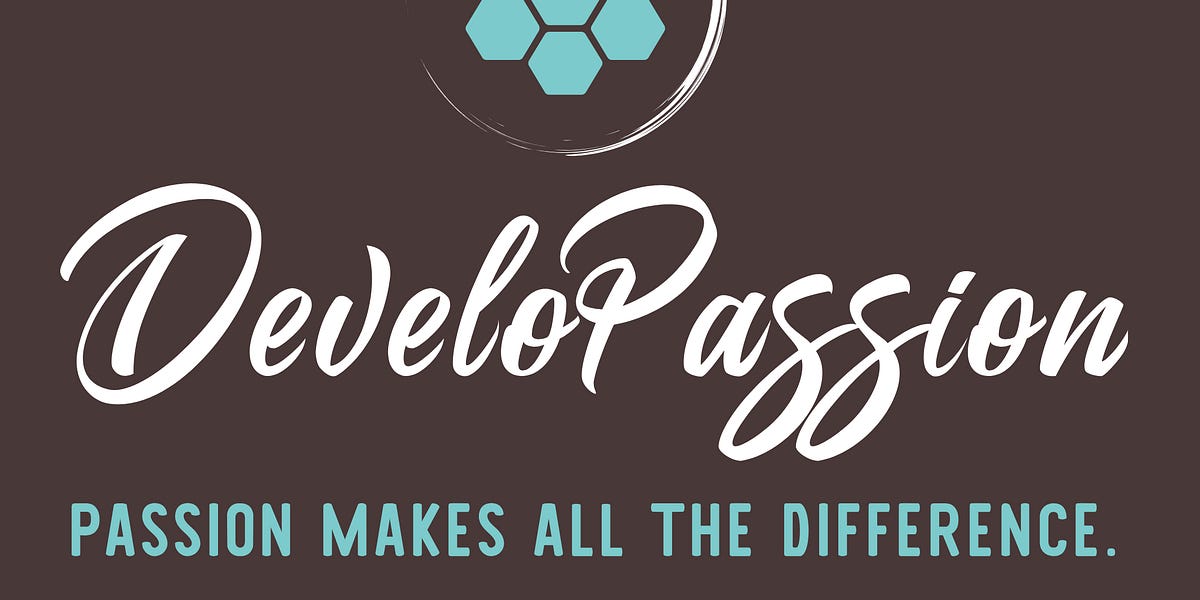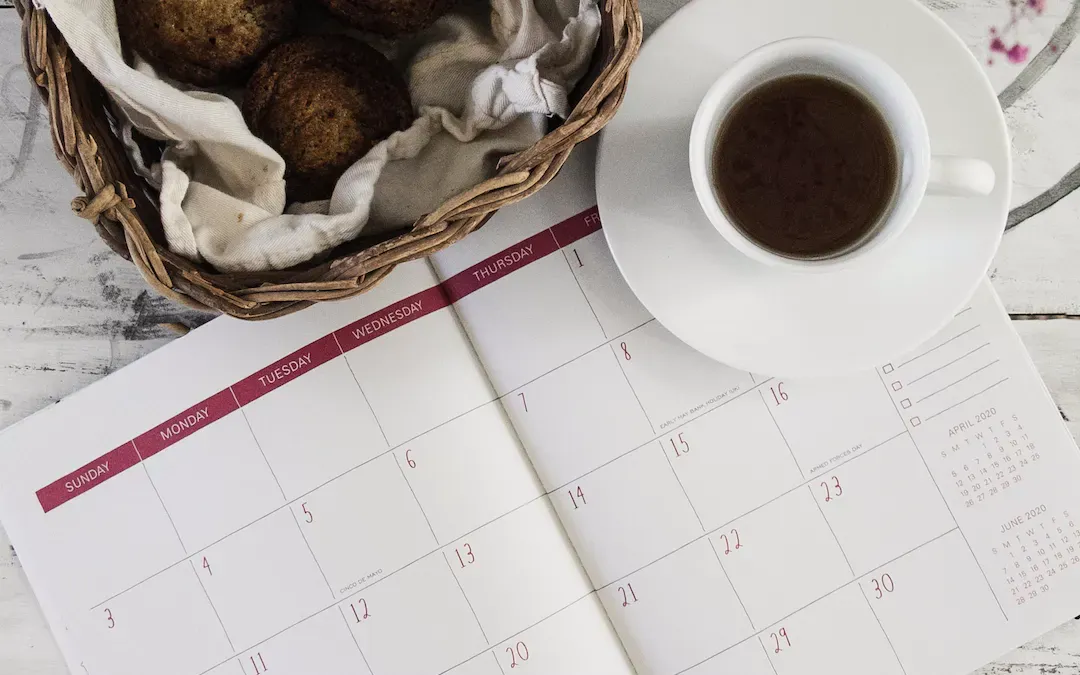The Knowledge Funnel - From Capture to Connected Notes
Transform your scattered notes into valuable, connected knowledge with this systematic approach to knowledge ingestion. Learn how to effectively process both analog and digital inputs into your PKM system.

In this article, I want to share my complete knowledge ingestion process. I'll explain how to effectively move from initial capture to properly integrated knowledge, whether you start with analog or digital notes.
TLDR;
- Use the right capture method for each context (analog or digital)
- Convert all analog notes to digital using AI tools
- Use daily notes as your knowledge inbox
- Process notes weekly to create atomic, connected notes
- Focus on extracting value, not perfect preservation
- Regular small batches beat occasional marathons
- Build the habit of immediate capture and weekly processing
Let me listen to this 🎙️
I have used AI to generate a podcast version of this article. You can find it here:

The Knowledge Funnel
Knowledge ingestion is like a funnel. At the top, you have various inputs: paper notes, e-ink notes, voice recordings, digital highlights, and more. At the bottom, you have atomic, connected notes in your knowledge base. Let's explore each stage of this funnel.
Many knowledge workers struggle with scattered information across different tools and formats. The funnel approach solves this by providing a clear path for all information to flow into your knowledge base. Instead of trying to perfect each note at capture time, you let the process progressively refine your notes at each stage. This reduces friction during capture while ensuring high-quality final outputs.
I personally consider the knowledge funnel to be a key piece of the Personal Knowledge Management puzzle.
Stage 1: Initial Capture
The first stage is capturing information. The key here is using the right tool for each context.
The biggest mistake I see knowledge workers make is trying to force a single capture method for all situations. This creates unnecessary friction and often leads to missed insights. Instead, I've learned to adapt my capture method to the context, focusing on getting the information down quickly and reliably. The method doesn't matter as much as ensuring you actually capture the information when it appears.
Analog Capture
Sometimes, analog capture is the best or only option:
- Voice notes while driving or exercising
- Paper or e-ink notes while reading books (better focus, no distractions)
- Sketches and diagrams
- Meeting notes when computer use isn't appropriate
Digital Capture
For everything else, digital-first capture works best:
- Journal entries
- Notes in your Tool for Thought
- Highlights from digital reading
- Saved web pages and resources
- Documentation and reference materials
The key is not getting hung up on the capture method. Use what works best in each situation.
Stage 2: Converting Analog to Digital
All analog notes must transition to digital form.
Converting analog notes to digital isn't just about backup or accessibility. It's about making your knowledge more valuable. Analog notes are like ideas trapped in isolation. They can't easily connect with other ideas, they can't be searched, refined, or enhanced over time. They're static and limited. Yes, there are ways to manage analog notes at scale (e.g., analog Zettelkasten), but there's no way to leverage analog notes with AI and modern Tools for Thought.
Digital notes, on the other hand, are like dynamic building blocks in your knowledge graph. They can evolve, connect with other ideas, and become part of larger insights. When you convert analog notes to digital, you're not just changing their format... You're giving them the ability to grow, to connect, and to compound in value over time. Plus, once your notes are digital and properly integrated into your knowledge base, you can safely let go of the physical versions, reducing both mental and physical clutter. The digital version becomes your single source of truth, eliminating the need to maintain and juggle multiple information stores.
Converting analog notes to digital used to be a significant bottleneck in my system. It was time-consuming and often led to procrastination. However, with modern AI tools, this process has become much more manageable. The key is to process in batches and use the right tools for conversion. I now spend about 10-15 minutes per week converting all my analog notes to digital form, which has made maintaining my PKM system much more sustainable.
Converting Text Notes
- Using AI Vision (Fastest Method)
- Use Gemini 2.0 Flash, or newer AI tools with vision capabilities
- Stream/film your notes
- Use a prompt such as: "When I say 'go', analyze the text and convert to markdown"
- Process multiple pages in one session
- Save the markdown output
- The "Already Old" Way
- Take photos of your notes
- Send to ChatGPT for conversion
- Use the same prompt
- Save as markdown files
Voice Notes
- Use automatic transcription tools (e.g., Voicenotes AI)
- Import transcriptions directly to your PKM system using integrations or plugins such as the Voicenotes sync plugin for Obsidian
More details about my approach:
Stage 3: Daily Notes as Knowledge Inbox
All captured knowledge, whether originally analog or digital, should flow into your daily notes. This approach has several benefits.
Daily notes are the heart of my PKM practice. They serve as my "operations center", where life events, tasks, and knowledge all come together. This centralization might seem counterintuitive at first, but it actually creates a powerful context-rich environment where knowledge is naturally linked to time and work/life events. More importantly, it removes the decision fatigue of figuring out where to put new information. It also lets you quickly capture information without losing focus on what you're busy doing. Using this approach, everything goes into today's note first, and proper organization happens later.
- Links knowledge with time
- Reduces decision fatigue
- Creates a single entry point
- Enables batch processing
- Captures context
Here's an example daily note template you can start with:
# [Date]
## Focus
- [ ] Priority tasks for the day
## Notes of the day
Scratch pad for whatever you want
## Discovered today
- Captured knowledge and insights
- Converted analog notes
- Digital highlights
- New ideas
- Things to explore
All written as bullet points:
- Idea 1
- Foo
- Bar
- Baz
- Idea 2
- ...
## Achievements
- Daily wins
## Challenges
- Problems faced
- Solutions attempted
## Gratitude
- Things I'm thankful for
Stage 4: Weekly Knowledge Processing
The magic happens during weekly reviews. This is where raw notes become valuable knowledge. Here's the process.

Weekly processing is where your PKM system truly comes alive. This is when you transform raw captures into valuable, connected knowledge. I used to try processing notes as I captured them, but I found that approach both inefficient and shortsighted. By processing weekly, you gain the perspective needed to see patterns and connections that might not be apparent in the moment. Plus, the time gap helps filter out what's truly valuable from what just seemed important at the time of capture.
- First Pass
- Review daily notes from the past week
- Identify valuable ideas to keep
- Get rid of duplicate information
- Remove unnecessary content
- Breaking Down Ideas
- Split complex topics into atomic concepts
- Each idea should stand alone
- Keep content focused and clear
- Creating Atomic Notes
- Create new notes for each atomic idea
- Choose clear, descriptive names
- Copy relevant content
- Replace daily note content with links to the newly created notes
- Adding Metadata and Connections
- Add appropriate metadata and tags
- Include source references if relevant
- Create meaningful links to existing notes
- Update relevant Maps of Content
- Weekly Summary
- Create a weekly note
- List all new atomic notes
- Note any patterns or themes
- Plan follow-up exploration
Best Practices
Over years of refining my PKM practice, I've identified several key practices that make the difference between a thriving knowledge base and a digital graveyard. These aren't just theoretical ideas – they're battle-tested approaches that have proven their worth in daily use.
- Regular Processing
- Convert analog to digital once every other week (don't wait too long, or you'll forget all the important context and relationships)
- Process notes during weekly reviews (create notes and links in bulk)
- Don't let unprocessed notes accumulate (i.e., avoid knowledge rot)
- Focus on Value
- Not everything needs to become a separate note
- Quality over quantity
- Consider long-term usefulness
- Focus on timeless ideas first
- Progressive Refinement
- Notes can evolve over time, consider those as evergreen
- Add connections as you discover them
- Improve content when you revisit it
- Take advantage of monthly and yearly reviews to revisit past notes
- Context Preservation
- Include source information
- Note why you captured something
- Keep references to original context
Remember: The goal isn't perfect preservation of your original notes. It's about extracting value and building a useful, interconnected knowledge base.
The Flywheel Effect
This process creates a powerful knowledge flywheel. Like any flywheel, it takes effort to get started, but once it's spinning, it creates momentum. I've found that the hardest part is consistently following the process for the first few weeks. After that, the benefits become so apparent that maintaining the system becomes natural and rewarding.
- Regular capture builds the habit
- Daily notes accumulate knowledge
- Weekly processing creates valuable notes
- Connected knowledge enables insights
- Better insights encourage more capture
The more you use this system, the more valuable it becomes.
But don't forget that the real key is not accumulating knowledge, but leveraging it!
That's it for today! ✨
About Sébastien
I am Sébastien Dubois. You can follow me on X 🐦 and on BlueSky 🦋.
I am an author, founder, and coach. I write books and articles about Knowledge Work, Personal Knowledge Management, Note-taking, Lifelong Learning, Personal Organization, and Zen Productivity. I also craft lovely digital products . You can learn more about my projects here.
If you want to follow my work, then become a member.
Ready to get to the next level?
To embark on your Knowledge Management journey, consider investing in resources that will equip you with the tools and strategies you need. Check out the Obsidian Starter Kit and the accompanying video course. It will give you a rock-solid starting point for your note-taking and Knowledge Management efforts.
If you want to take a more holistic approach, then the Knowledge Worker Kit is for you. It covers PKM, but expands into productivity, personal organization, project/task management, and more:
If you are in a hurry, then do not hesitate to book a coaching session with me:








